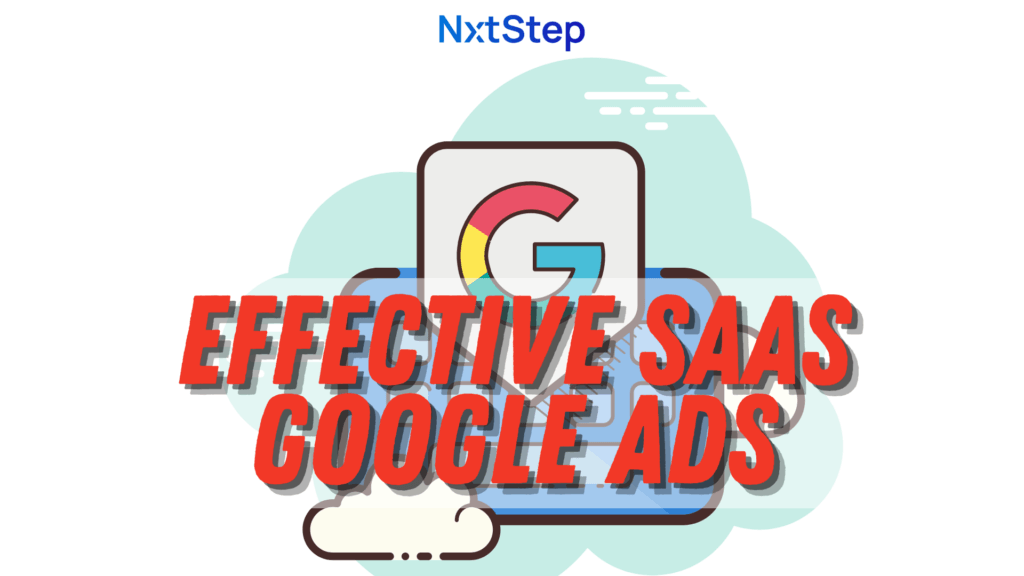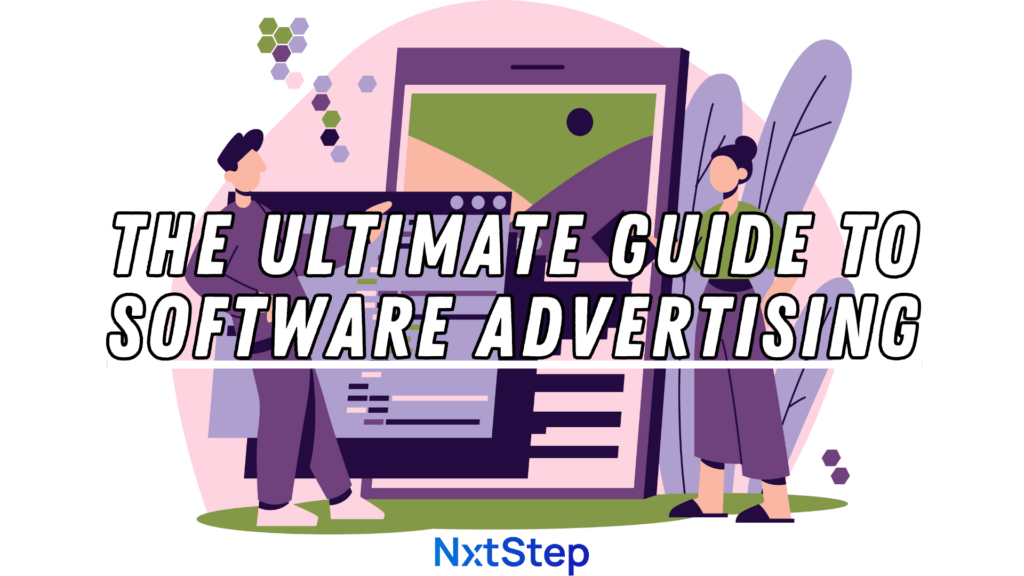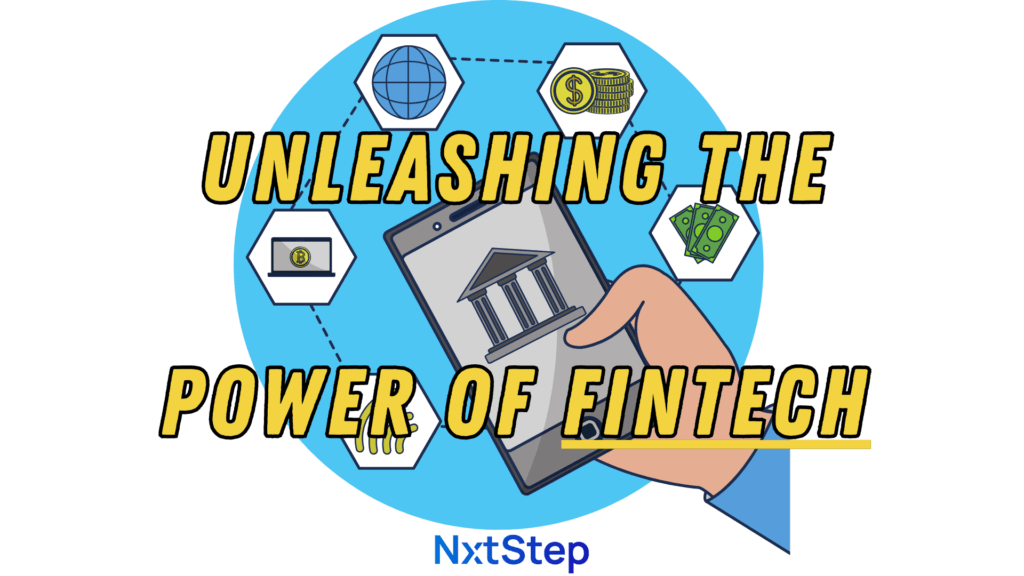Updated as of November 24th, 2019
Dear reader, every now and then a blog article of mine will blow up. This happens to be one of those articles. First, I want to thank you for reading and if you’d like more help with topics like these please reach out to me using the links at the end of the article.
Having said that, I would like to share with you everything I’ve learned about this topic since writing this first article back in April of 2018. I’ve got some great content to add and I hope you find it valuable.
1. The Treasure Hunt Exercise
This is less of a question and more of a process to follow when speaking with a customer. It’s been said that the only thing people like talking about more than themselves are their problems. I can vouch from experience that this is indeed the case. You need to use this powerful psychological effect to your advantage and take your customer on a treasure hunt for their biggest and most expensive problems.
If you don’t know where to start, begin by asking them about their challenges with X. X in this case could be anything related to the value proposition of your product. For my software company (StaffGeek), we help companies with the selection part of the hiring process – choosing which candidates to interview and ultimately hire. So I would start by asking a customer or prospect about their company’s problems or challenges with hiring and go from there.
Throughout this process, don’t be afraid to jump around. Move from one problem to the next until you find one that is particular interesting to either you or them. There is no map or guide for this process. Much like there isn’t for a treasure hunt. You don’t know where you’ll find the treasure, but you know where to start looking – in bushes and around trees. Find the bushes and trees that are relevant to your product business by starting with their problems and challenges.
After you’ve gained some momentum in the conversation, I want you to use my next example to start getting some real and actionable data out of the conversation.
2. Can you give me an example?
Examples are incredibly powerful in conversation with customers. They will help you categorize problems as nice-to-have or need-to-have. We obviously only want to build solutions around needs.
You will also learn what your product will ultimately be compared against. How would your customer measure their return on their investment (ROI) after purchasing your product? If you don’t know, asking for examples is an excellent way to find out. For the problems you’ve helped them identify in step one, ask them how they go about solving that problem today?
This is what you’ll have to beat. Their answer is what you have to be better than. This is your customer’s worldview. It is what they care about. Don’t be surprised if your competition comes up much less in conversation than you expect. This is common. What most of us don’t realize is that regardless of how many competitors we have, most customers are talking to a solution provider like us for the first time.
Take the rather famous example in the product world of Intuit’s product TurboTax. When asked what they were competing against at the time, most people expect them to say another form of tax preparation software (there were plenty at the time). In reality, the answer was pen and paper. At the time, most people were still filling out their tax returns with pen and paper.
Know who you are competing against and don’t make any assumptions about who that may be. This information must come from the customer.
3. Only ask for examples that provide real data (Not predictions)
Walk with me through this example. Let’s say we are planning to build the next great fitness tracker and what we want to know from prospective customers is how often they frequent the gym.
I could ask the customer, ‘how often do you go to the gym?’. As an answer, I might get something like, ‘once or twice a week’. I’ve got what I came for, right? Not exactly. There is no evidence to back up this data. This is merely a prediction.
Let’s try this again. What if I used a different approach?
If it’s evidence I really want, then I’ve got to work with what has already happened. A different, but much improved way to get this information would be the question, ‘How many times did you go to the gym last week?’. Now my answer might be, ‘I didn’t’. Interesting. All of a sudden we have a very different response and one that we can talk about in greater detail as it relates to them.
You didn’t go to the gym last week? If so, why not? Maybe they didn’t have time or they had to work late or they haven’t been to the gym in weeks and didn’t even realize it until now. There are an unlimited number of combinations, but with a very subtle change to our approach you are already getting much better data that you can use.
For those of us working on current products, my new favorite is…
4. What frustrates you the most about our product?
This question is great because it is personal for your customer. This question has the power to get you to their biggest current problem with your product very quickly.
As your product company grows, your existing customers will begin to use your product much more frequently than anyone on your team. Developing a routine like this means your customer is going to get to know your product very well. Inefficiencies in your user experience will become much more obvious to your customers because they repeat it all day everyday. However, to better understand what these are, you have to ask the right questions and this is a great place to start.
5. Who else can I speak with?
This could be someone on their team that came up in conversation around the topic of problems or someone they know from a different company entirely. If during your conversation around problems they identified additional people or roles, write these down and ask if you can speak with them as well. This works especially well if you ask the right follow-up question and your customer says, ‘you’d have to speak with John/Jane about that’. That’s the perfect time to ask to speak with John or Jane. Ask if your customer will put you in touch with them so you can better understand the scope of their problem.

Get our awesome product content delivered daily-ish to your inbox
Additionally, It is very common for people to know people like them. Lots of customers will know other customers in the same role and industry. If they have those traits in common, then guess what? They are also likely experiencing the same problems. Always ask this question. This question can serve as a one-to-many multiplier for your product business. Before you know it you could gain one or more additional customers.
Want to discuss other great questions you should be asking customers? Let’s talk it through, email me at sean@nxtstep.io or visit us on the web at NxtStep.
To get product stories like this one delivered right to your inbox – sign up for my emails or subscribe to my YouTube channel.
Ready for your product to be rescued? Check out Product Rescue from NxtStep.
Original article posted in April of 2018.
Product managers have many responsibilities, but arguably the most important is having a thorough understanding of the customer’s needs. A good product manager should be able to speak intelligently for the customer at any given point in time. This responsibility is so important because it is critical that your team is building what the customer needs. If you are not building what the customer needs your product will inevitably fail.
To avoid this scenario, product managers should regularly interact with customers. So what do we talk about when we’re in front of them? Follow our guide for the top five questions product managers should regularly be asking customers.
6. Why?
It all starts with understanding the customer as intimately as possible. To truly understand them we need to know how they think. The most powerful question you can ask to uncover this information is why. The word why is so powerful in question format because it evokes emotion that compels people to provide justification. This is where we want to live. We want to know why a customer consciously took a particular action (or not). Asking why comprehensively enough will enable us to truly understand how the customer thinks and acts. In the product management world this technique is so popular it’s often referred to as ‘5 Whys’. Basically, asking why up to five times consecutively will provide you with tremendous insight into a particular topic.
7. What is your biggest challenge?
Everyone experiences various challenges as they go about their normal routines. As product managers, we should be motivated to solve every problem, but to be a good product manager means to solve the biggest problems first. Asking a customer about the biggest challenge facing their success today will help you figure that out. Even better, once you’ve solved that problem you can start this process over. Much like a favorite book of mine, the bottleneck doesn’t disappear – it just moves. Find out where it moved to and eliminate it!
8. What’s not working?
Product development is difficult. There are no guarantees your team will always get it right. Want to know what’s not working right now? Ask! Simply put, people love to complain. Use that energy to drive product success forward. Find out what your customers don’t like about your product by asking them what’s not working. Be prepared for some interesting feedback. Also remember that “not working” could mean something different to everyone. This might indicate a technical problem or it may highlight a problem with your product’s UX (User Experience). Regardless, the feedback will be helpful.
9. How would you rank these?
The most important skill a product manager needs to have is the ability to prioritize. What better way to find out your product development order of operations than to ask the customer? After you’ve identified what features are important to your customer have them rank them in the order they want them delivered. This exercise often reveals even more than you would expect. Either a customer can easily rank the list or they can’t. Regardless of which camp they fall into, it can be very telling. Some customers will care very much and some very little. This is more data you can use to your advantage to improve customer satisfaction.
10. What else would you like our product to do for you?
A primary responsibility for a product manager is to ensure your product remains relevant and competitive. To maintain your competitive advantage you have to continuously innovate. Asking customers to be creative with their feedback is both exciting for them and informative for you. As much as your team loves to innovate the closest people to your product are still your customers. If they have great ideas, it is your responsibility to extract and process them. Don’t underestimate people’s’ ability to be creative. Some truly incredible ideas have come from unexpected sources.
The most important responsibility of a product manager is to represent and understand the customer. A product manager simply cannot interact with a customer too much. The more you learn, the better your product will become. Use these questions to make the best use of your time with your customers. Use this incredible feedback to make your kickass product even better.
If you’d like to learn more about product management or talk more about the services I offer as a consultant please visit our NxtStep website or reach out to me directly at sean@nxtstep.io. Keep disrupting.
Want to discuss other great questions you should be asking customers? Let’s talk it through, email me at sean@nxtstep.io or visit us on the web at NxtStep.
To get product stories like this one delivered right to your inbox – sign up for my emails or subscribe to my YouTube channel.
Ready for your product to be rescued? Check out Product Rescue from NxtStep.







